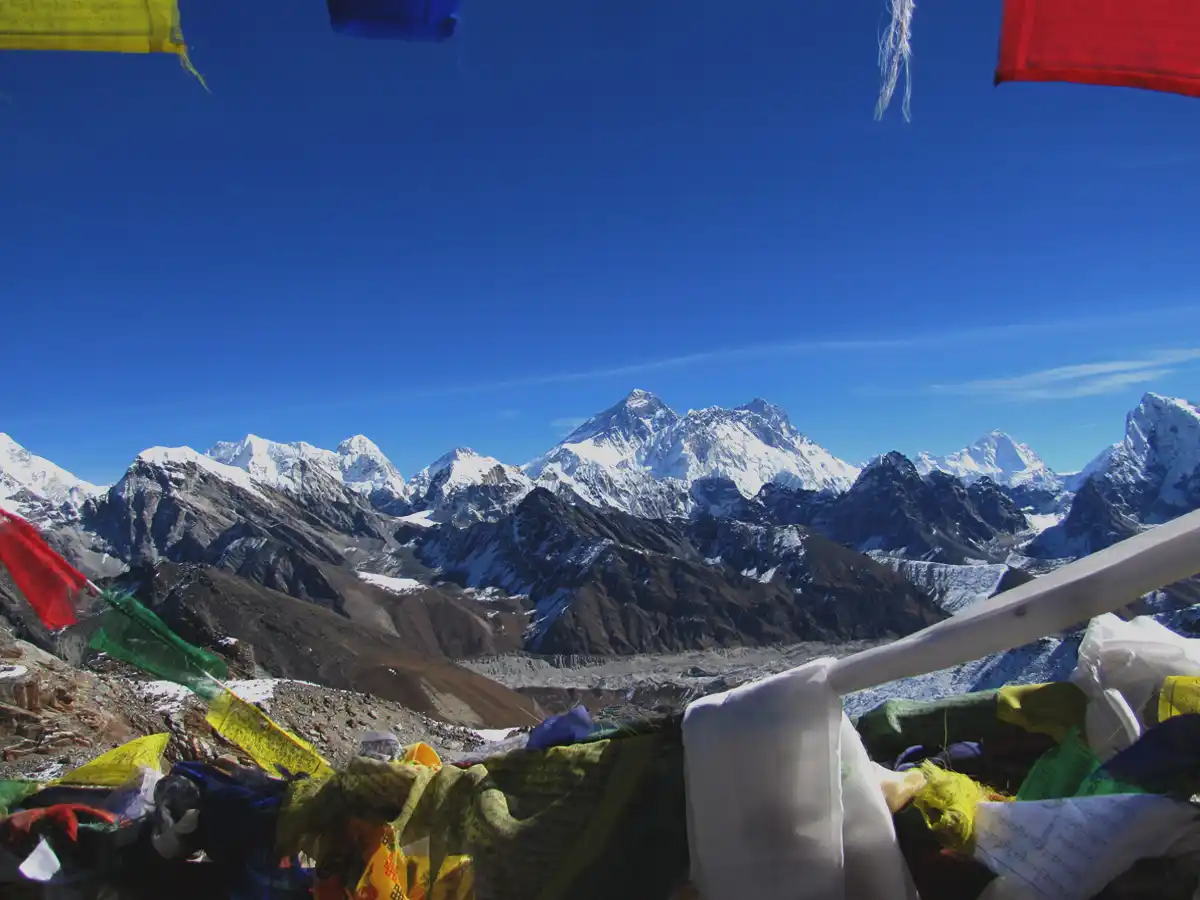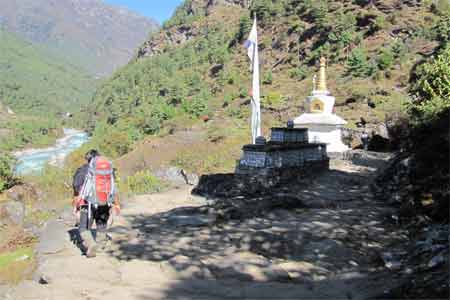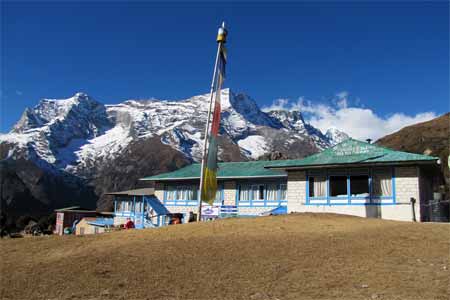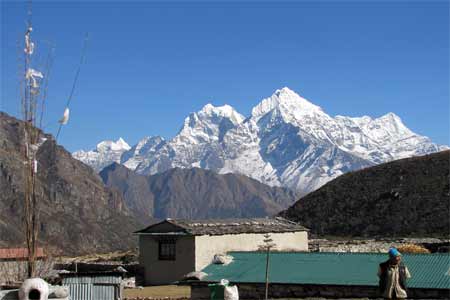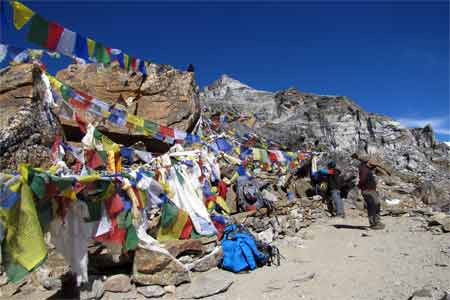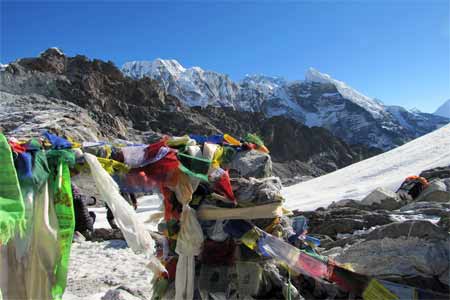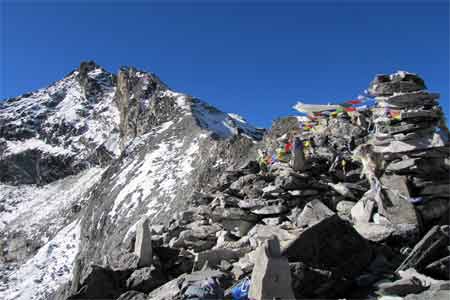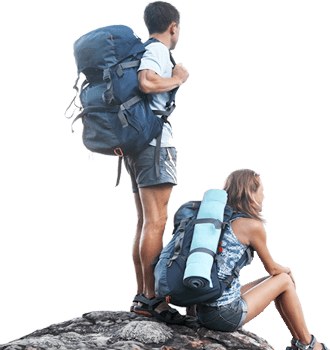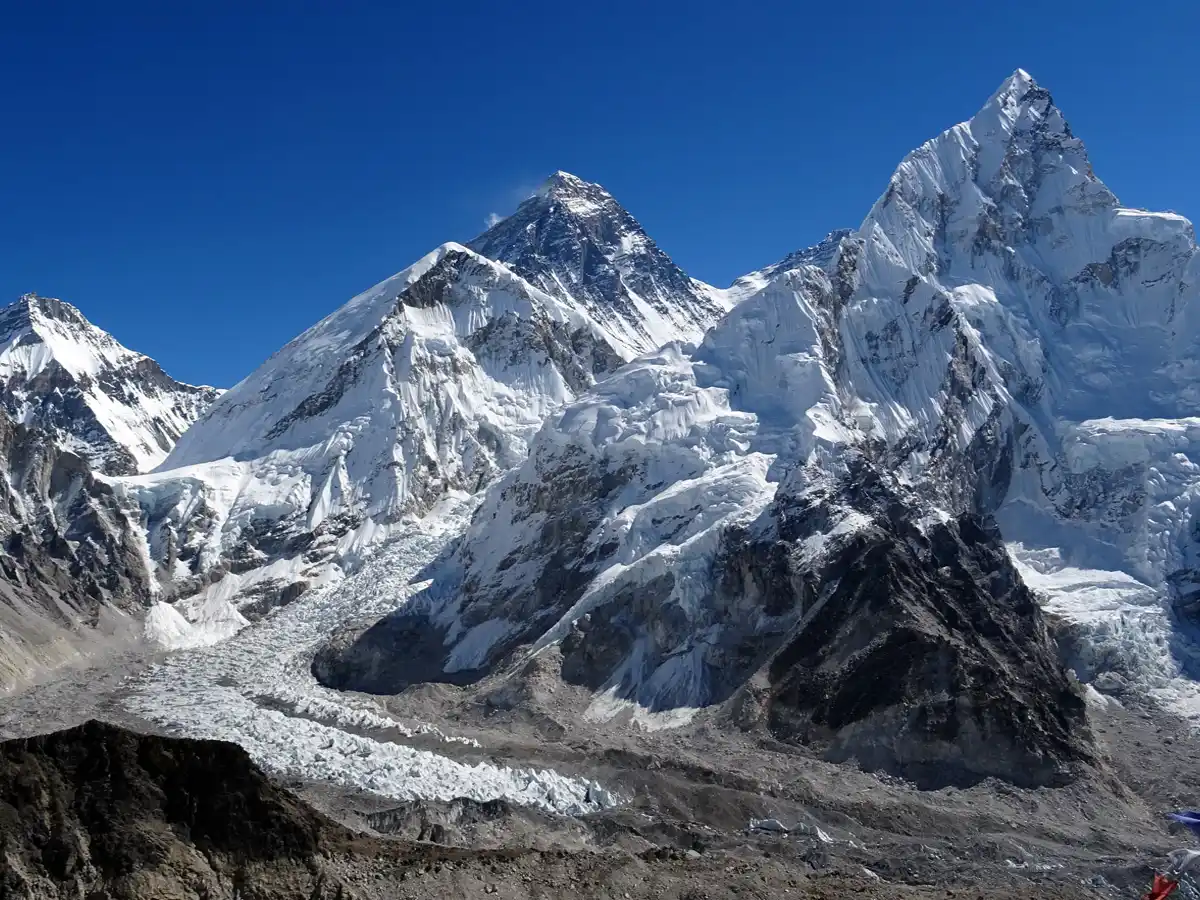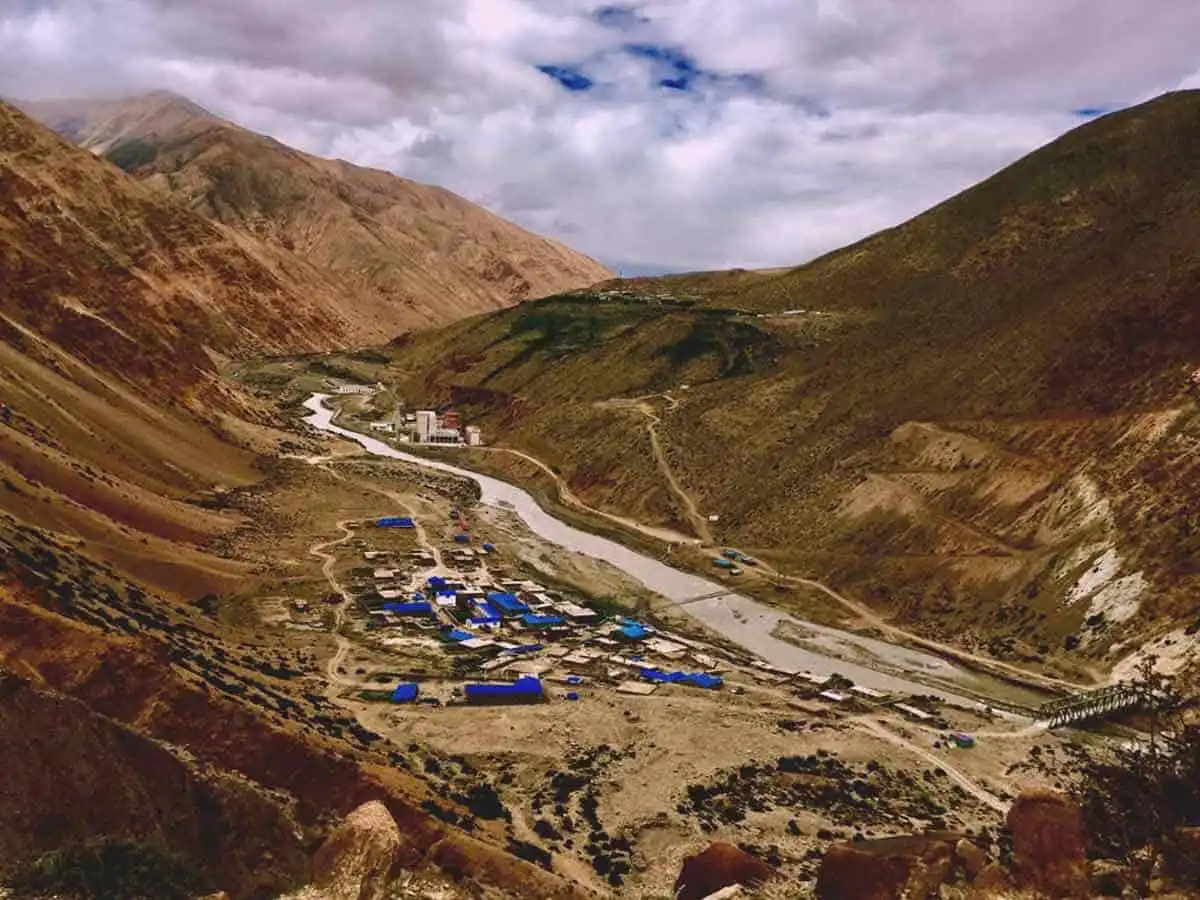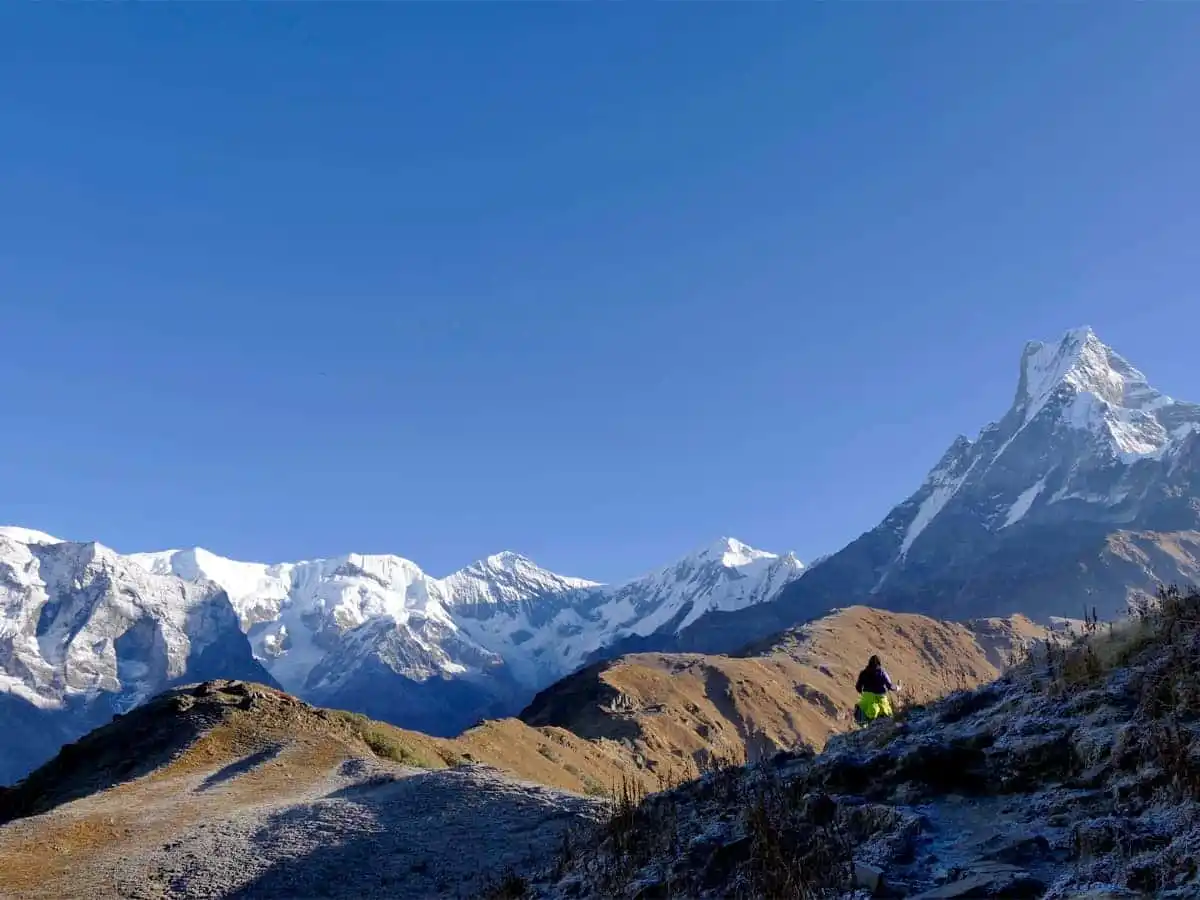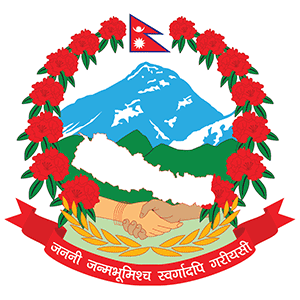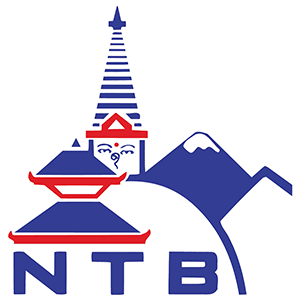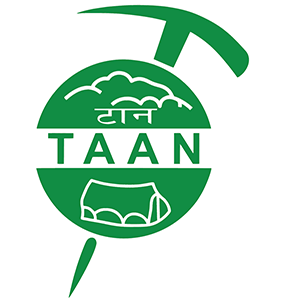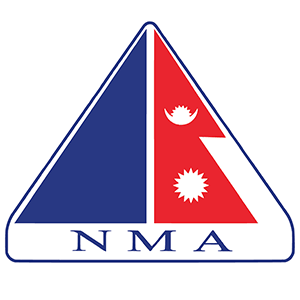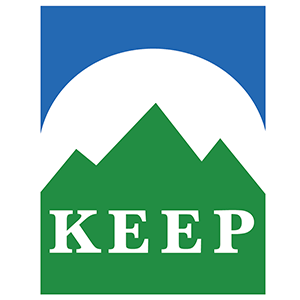Everest Three High Passes Trek
The Everest Three High Passes Trek, also known as the Three High Passes Trek or the Three Passes Trek, is a difficult trek through Nepal's rugged Everest region. Trekkers will have to navigate three difficult mountain passes. Despite the difficulties, trekkers will be treated to breathtaking views of Mount Everest and other stunning peaks in the Himalayas, making for an unforgettable adventure in nature's beauty.
The Everest Three High Passes Trek is an adventurous trek through Nepal's Khumbu region that provides an unforgettable experience amidst the world's most breathtaking mountain landscapes. The trek takes trekkers through a tapestry of majestic peaks, rugged terrain, and serene valleys, immersing them in the raw beauty of the Himalayas. Renjo La, Cho La, and Kongma La are three formidable high passes that test one's endurance and determination. Renjo La, at 5,340 meters, provides panoramic views and an exhilarating ascent; Cho La, at 5,420 meters, poses a thrilling challenge as trekkers navigate its icy pathways and rocky outcrops; and Kongma La, at 5,545 meters, provides unparalleled views of surrounding peaks.
The Everest Three High Passes Trek is unique in that it takes trekkers through remote and lesser-traveled paths, such as the Bhote Koshi Valley, to experience a sense of solitude and tranquility that is rarely found on popular routes to Everest Base Camp. Trekkers passing through these high passes come across diverse cultures and traditions, from vibrant Sherpa villages to ancient monasteries. Each interaction with the locals provides insight into their way of life, adding to the cultural immersion of the journey. The Everest Three High Passes Trek is more than just a physical challenge; it is a quest to test one's limits while admiring the Himalayan beauty and majesty.
The Everest Three High Passes Trek is an exhilarating journey through the Gokyo Valley, a natural wonderland filled with breathtaking Gokyo Lakes, including the well-known Milky Lake. The Khumbu Glacier, the world's highest glacier, enhances the beauty of the scenery. The ascent to the Kalapathar and Gokyo-Ri viewpoints offers panoramic views of the Himalayan peaks, including Mt. Everest. The world's highest peak emerges from the shadows at dawn, ablaze with light. These vantage points allow you to see the grandeur of Everest and its neighboring peaks, with each ridge and crevasse telling a story of triumph and perseverance. The Everest Three High Passes Trek is more than just a journey; it is a pilgrimage to the heart of the Himalayas, demonstrating nature's enduring power and beauty.
The Everest Three High Passes Trek is a high-altitude trek that requires both physical fitness and mental fortitude due to the altitude and unpredictable terrain. Trekkers must have exceptional cardiovascular and muscular strength to cope with the strenuous ascents and descents and the thin air at high altitudes. Acclimatization is critical to reducing the risk of altitude sickness. The trek is best suited for experienced trekkers with prior high-altitude experience; however, less experienced trekkers should plan on extensive physical training and acclimatization programs. When embarking on a high-altitude trek, always prioritize safety.
The Everest Three High Passes Trek is a thrilling high-altitude adventure that combines physical endurance with stunning views of the Himalayas. The trek allows access to previously unexplored realms within the Everest region, providing a glimpse into a world unaffected by time. The trail winds through hidden valleys and past towering peaks, offering sensory delights such as glacial rivers and alpine meadows. Renjo La, Cho La, and Kongma La are high passes that test endurance and determination while offering breathtaking views of the surrounding peaks. The trek is more than just an adventure; it is a journey of self-discovery and breathtaking beauty that you will remember long after you return home.

